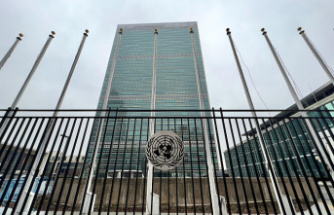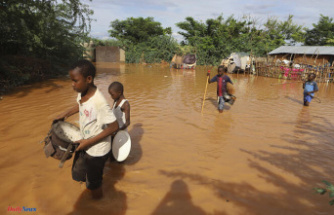Higher humidity and lighter winds continue to slow down flame spread. Fire crews seized the opportunity to double down on burning and cut fire lines around Caldor Fire.
The fire was contained by bulldozers equipped with large blades, crews equipped with shovels, and hundreds of thousands of gallons worth of water and fire retardant. This helped to keep it from spreading to several thousand acres. It also prevented the use of helicopters that dropped hundreds of thousands of gallons.
At a Saturday briefing, Tim Burton, operations chief at the California Department of Forestry and Fire Prevention told firefighters that "the incident continues to look better and more perfect every day." "A large portion of that is due both to your hard work and the weather cooperating over the last week."
The Sierra Nevada fire's northeastern section was still just a few miles from South Lake Tahoe and Nevada. Fire officials stated that the fire had not made significant progress in several days, and was not challenging containment lines in long segments of its perimeter.
With more than one third of the 334-square-mile (866-square-kilometer) blaze surrounded, authorities allowed more people back into their homes on the western and northern sides of the fires Friday afternoon.
Mandatory evacuation orders for Nevada's Nevada border were lifted. However, some areas remain on a warning status. Douglas County officials urged residents not to panic, stating that the fire could still threaten their homes.
There was no timetable for the 22,000 South Lake Tahoe residents to return. Day by day, authorities were making decisions about whether or not to evacuate South Lake Tahoe.
Jake Cagle, chief of fire operations, stated that it all depends on fire behavior. "For the moment, things look good...we're getting closer."
Although the resort can accommodate up to 100,000 people over a weekend, it was almost empty just before the holiday weekend. There were only a few wandering bears.
The wildfire caused a significant blow to an economy heavily dependent on tourism, which was just starting to recover from the pandemic shutdowns.
The fire crews still had much work to do in the granite outcroppings, timber stands, and grasslands. Even with the better weather, wind gusts could still be "squirrel" and occasionally erratic when they hit the canyons and ridges of the region.
The fire, which started Aug. 14 and raged through densely forested, craggy areas, claimed the name of the road from which it began and has since destroyed almost 900 homes, businesses, and other buildings. It was still considered to be a threat for more than 30.000 structures.
This year, wildfires have destroyed at least 1,500 homes in the area and decimated many mountain hamlets. The Dixie Fire is located 65 miles (105 km) north of Caldor Fire and covers approximately 1,385 sq. miles (3,585 kilometers). It is 55% contained.
California has seen wildfires that are more severe and deadly in recent years. This is because the West has become much warmer and dryer over the last 30 years. Scientists predict that wildfires will become more severe and more unpredictable, as well as more destructive and unpredictable weather. This fire season has seen no deaths.












